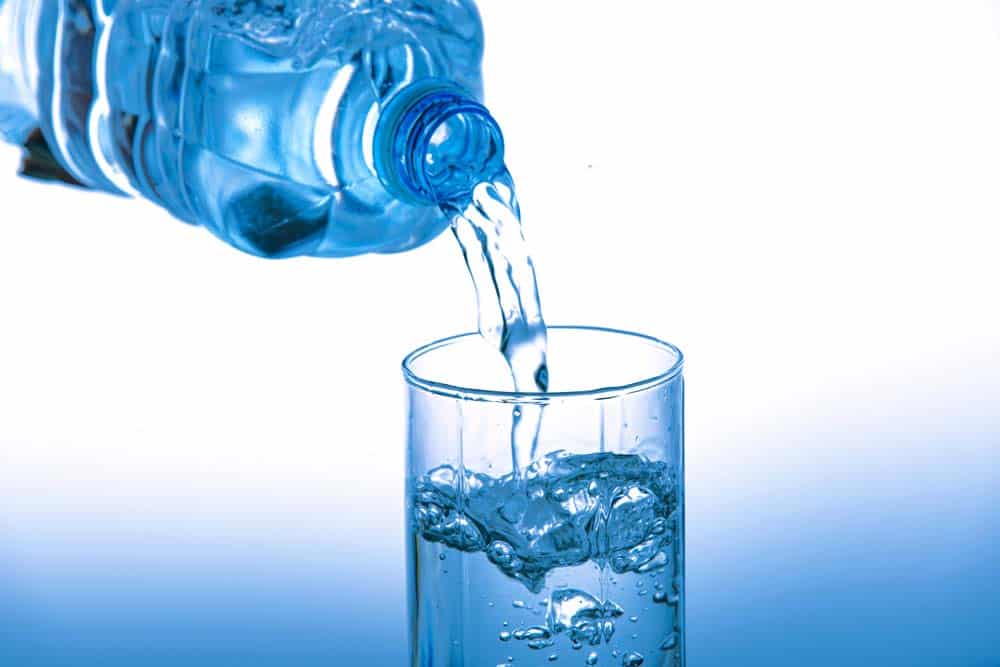You might think that all bottled waters are created equal. After all, it’s just water, right? Wrong. The world of bottled water is a far more complex arena than it first appears. Whether you’re a health-conscious consumer, an eco-warrior or just someone who prefers their H2O with a side of luxury, it’s essential to understand what you’re sipping. Today, we’re diving deep into the differences between Spring, Mineral and Purified water.











